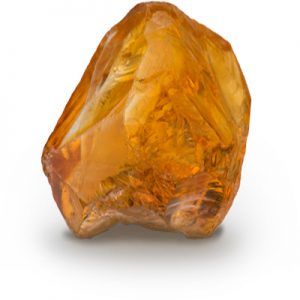Citrine
Citrine is one among the foremost standard gemstones offered nowadays. It belongs to the terribly massive family of quartz (SiO2) gemstones. Additional specifically, it’s yellow to the golden orange type of gemstone-quality macrocrystalline quartz (silicon dioxide). The name ‘Citrine’ was derived from ‘Citron’, a French acceptation ‘lemon’, though its color tends to be additional golden instead of lemon-yellow.
Citrine is the variety that is yellow of, one of many typical minerals on Earth. It is a known member of the Quartz Group that also includes Amethyst and Ametrine. It comes down in a variety of colors, from pale yellow to orange that is deep. The color is as a result of traces of ferric iron included with the Silicon Dioxide that is basic formula.
| Crystallography: | Trigonal – Trapezohedral |
| Crystal Habit: | As enantimorphic prismatic crystals; may be morphologically complex, with over 500 forms noted, to 6 meters and 36 tons; Crystalline – Coarse – Occurs as well-formed coarse sized crystals; Crystalline – Fine – Occurs as well-formed fine sized crystals; |
| Twinning: | Very common, penetration twins on the Dauphiné law, about [0001], and the Brazil law, with [1120] as contact plane; contact twins on the Japan law, with [1122] as contact plane, may be repeated; and several other laws. |
| Cleavage: | None or [0110] Indistinct |
| Fracture: | Conchoidal |
| Tenacity: | Brittle |
| Hardness (Mohs): | 7.0 |
| Density: | 2.60 – 2.65 (g/cm3) |
| Luminescence: | May be Triboluminescent; varies widely due to traces of impurities. |
| Radioactivity: | Not Radioactive |
| Color: | Pale Yellow, Yellow, Orangish Yellow, Orange |
| Transparency: | Transparent |
| Luster: | Vitreous to Greasy |
| Refractive Index: | 1.544 – 1.553 Uniaxial (+) |
| Birefringence: | 0.0090 |
| Dispersion: | 0.013 (low) |
| Pleochroism: | Weak |


